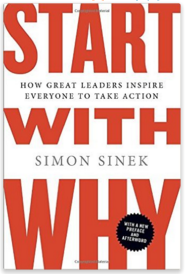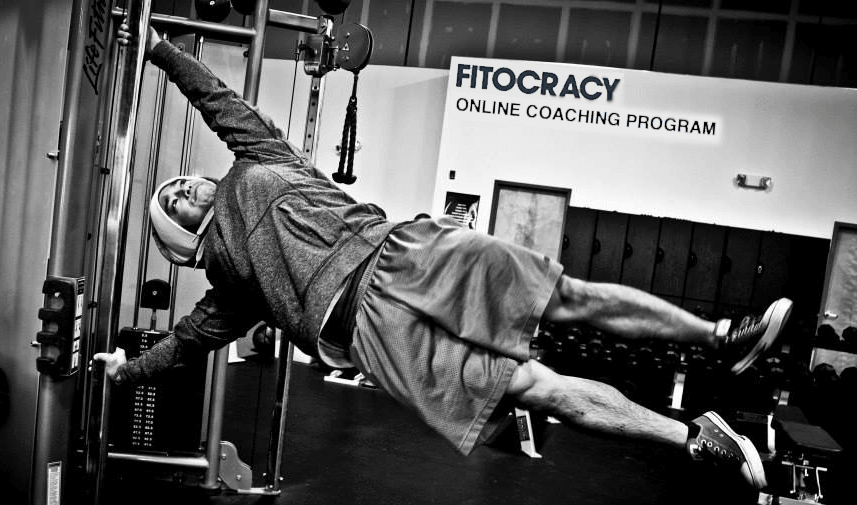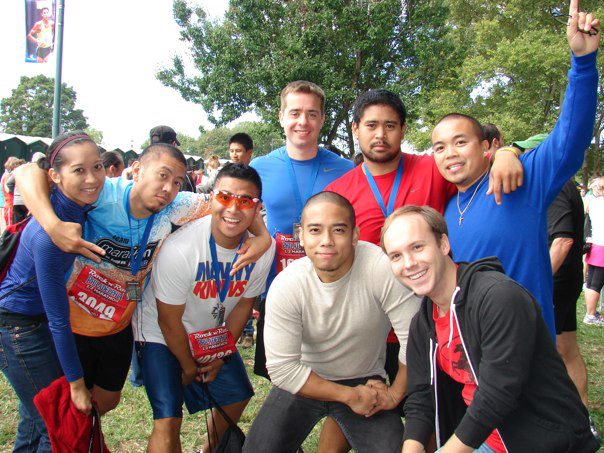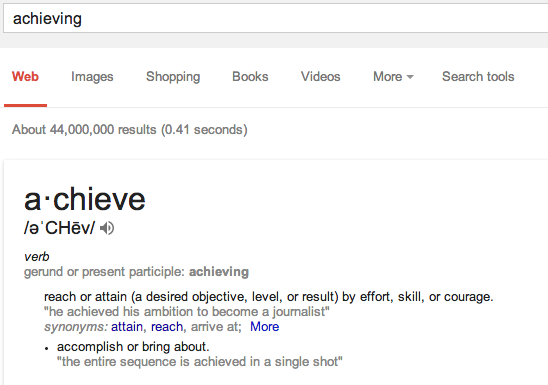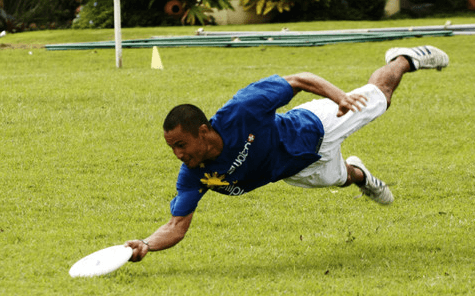Falling in Love with the Process: The Non-Tangibles
Within the fitness and perhaps even the strength and conditioning industry, many individuals are caught up with measuring and tracking information. From an objective point of view, this provides several benefits; what gets measured gets managed. However, one large part of measuring everything may be overlooked, and that is falling in love with the process towards your goal.
I am of the opinion that I will achieve my goals by any means necessary. Many methods are simply a means towards an end. This I fully accept, and understand.
However, many can’t get out of their own way, and I believe that there are a few steps that many need to undergo prior to achieving their goals. Firstly, being self-aware will allow you to accept where you are now. Secondly, falling in love with the process is necessary if you have a big enough of a goal, and can’t realize it in less than 2 days. And finally, what will occur if you have fallen out of love with your goal? Managing expectations is a large part of the process, and being pragmatic with your approach is necessary towards achieving an often idealistic goal!
Self-Awareness
I was of the opinion in the past that people will need a specific exercise in order to achieve a specific goal. Sometimes this is true, sometimes this is not true. Exercise is often a method utilized to seek out an end goal of improved fitness quality of some sort.
I was aware, but didn’t understand that people don’t fall in love with an exercise. In reality, for those who want to achieve a goal, the most successful ones fall in love with the process.
When you are attempting to improve yourself in any capacity, there are several things that must be brought to the surface:
- Where are you now?
- Where do you want to go?
- What are the methods that you will utilize in order to get to that goal?
In my world, there are several items that must be accounted for with respect to fitness:
- Do you have the ability to perform several different variations of movements?
- Do you have the physiological strength needed in order to improve?
- Do you have the cardiovascular foundation necessary to improve from workout to workout?
- Are you supporting your body with the nutrition that is needed in order to go from workout to workout?
You can measure tons of things, down to the velocity of the barbell that you are moving in order to improve a specific fitness quality. However, what does any of that mean in the grand scheme of things if you are inconsistent with the process? Not many fall in love with the technology, they fall in love with the belief that measuring whatever it is you’re measuring will help them get to their goal faster, and more efficiently.
This is like tracking your steps for the day with one of those fancy apps, or wearing a heart rate monitor for your daily walks. You don’t need an app to tell you how far you walked, because you probably missed the whole point of that walk if you’re tracking it. You probably did that walk by yourself also, instead of inviting a friend and enjoying an experience together.
Falling in Love
In some relationships, you can love the little things that a person can do, and appreciate the nuances of how they laugh, smile, cry, or get upset, but those things, while individual to that person, are small things that make up an individual’s whole personality and being.

The tangibles in a relationship involve what you did, in what quantity, and at what times you did those things.
The non-tangibles in a relationship that cannot be replaced involve your feelings for one another, your memories that you cannot replace, or your experiences spent together.
The Process
I used the above analogy in order to make a point – it isn’t the facts that make a relationship great. Instead, it is the experiences and time spent together that make the relationship worth it.
This section will make sense to those who are by and large, fairly normal people. This may be enlightening to those who are literally just like me – the slightly neurotic, planning the majority of my day (whether by necessity or not).
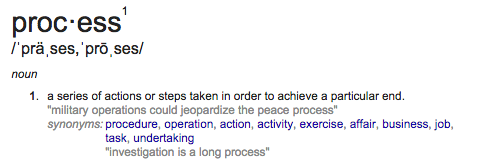
The process involves a series of actions required in order to achieve the end product. To make it sound less monotonous, the process involves understanding the pieces of the puzzle that comprise the big picture. However, some people might mistake the pieces of the puzzle for the big picture.
A + B + C … = Alphabet + Logic + Grammar = Sentences + Logic + Thesis = Essay/Papers
Understanding the capacity for what the letter “A” stands for is great, but you still have to have sound logic to create sentences in order to write a paper of any sort.
Within my industry, this is like someone falling in love with improving on a singular corrective exercise that is a minor part of the whole movement pattern – the brain works on a much higher level than monitoring the small pieces of the puzzle on a conscious level. Improving your ability to move is great, don’t get me wrong. But the brain, in my opinion and from my readings and research, operates on a much higher scale than any singular exercise will be able to improve.
Don’t mistake one piece of the puzzle (corrective exercise, facts in a relationship) for the whole picture (performing hundreds of workouts a year, spending time together to build a foundation for a relationship).
Not many people fall in love with the process in the fitness or strength and conditioning industry because of how much weight they lifted.
Just because I can hip thrust, a popular hip hinging exercise, with 640lbs for 5 repetitions does not mean I can deadlift this weight for that many repetitions.
And just because you may have set a world record does not mean you can now rest on your laurels – someone else may be gunning for your record, and that competitive spirit may be the missing component that you need in order to improve upon your process.
It is often the continual progress that many lifters are in love with. Athletes can be in love with any part of the process of improving, certainly. I’m not saying lifting weights isn’t fun – of course it is. I’ve worked in a gym for the last 6 years of my life.
I’m merely saying that even if an athlete’s broad jump improves, that is a small drop in the larger bucket of the big picture. As long as they make the team, are utilized, and are making progress, and staying injury free – that is the big picture that needs to be focused on.
Simultaneously, I have to remind many of my athletes who are coming back from an injury or surgery that they have improved their capacity for movement, and it is often very encouraging when I remind them where they have come from, and show them where they are now!
Managing Expectations
Many people fall out of love with this process for several reasons. With attaining any goals, many feel discouraged because they are not honest with their expectations. Similar to a relationship, if expectations are not managed, well then some may be in for a rude awakening. Trust is a large component of any relationship, whether it is with yourself to achieve any goal, or creating a foundation for a relationship with a significant other.
If you fall out of love with the process, you perhaps lacked the self-awareness necessary to achieve your “bigger picture.” Simon Sinek had it right when he made that book with the ever-so-catchy title, “Start with Why” – it merely makes sense to have a purpose for your actions.
Just like any relationship, if you have arguments or disagreements, but you love the chemistry you have for one another, then you might try to make it work… but it ultimately won’t work out because of other, larger circumstances that are abound.
From a fitness point of view, it is not uncommon to improve your strength on a squat from 100 to 150lbs in a certain amount of weeks or months. However, it is unlikely to improve your squat from 100 to 2000lbs in a few weeks. There is no process there – just unrealistic expectations.
There can be unrealistic expectations if you’re an athlete – you literally cannot look like another athlete from an aesthetic point of view, simply because of individual variances. Wishing you looked, played, or did anything like any other individual will go to disrespect the creative process that you have as a human!
Do what you can, with what you have, and pursue those options with a fervor like no other.
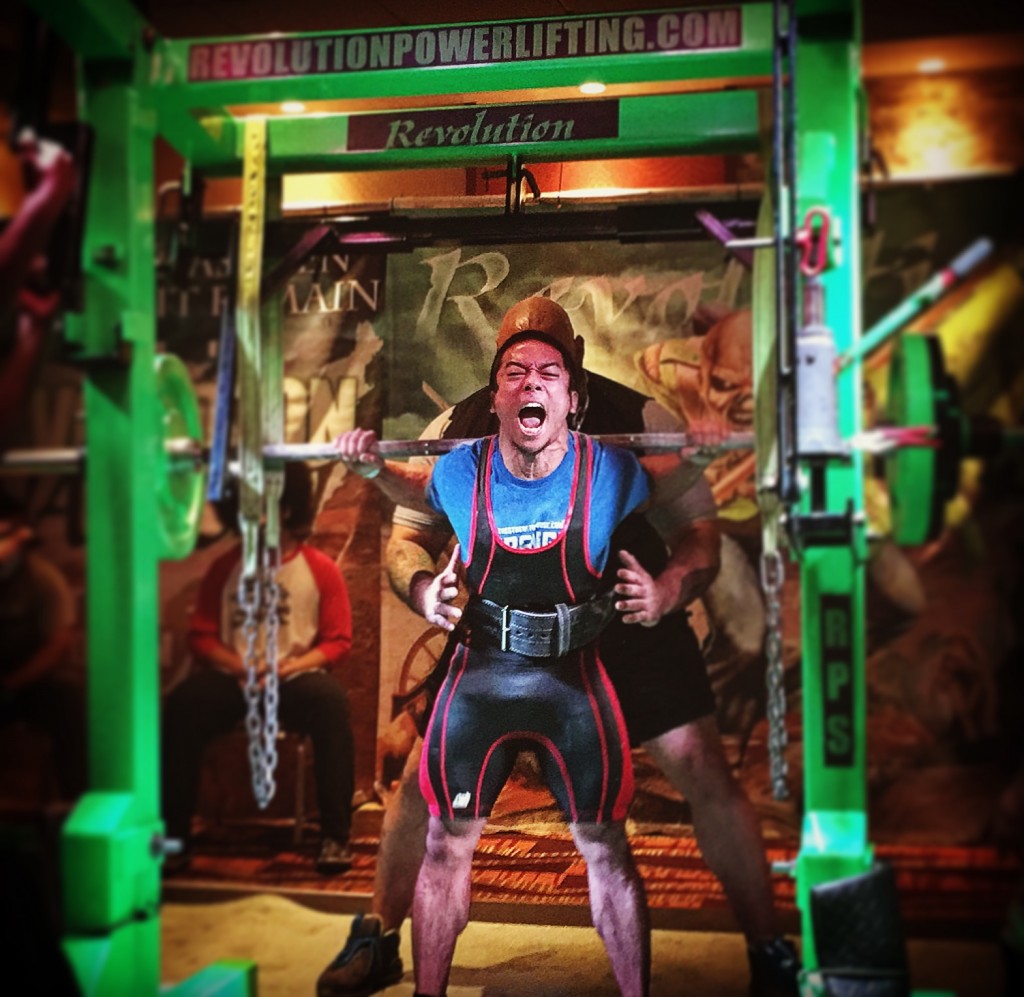
For example, I can’t wish to dance like anyone else, because I am my own individual. I can aim to model myself like others, but at the end of the day, my choices are mine!
Wishing you could shoot three pointers like Stephen Curry is great – but if you are a dedicated center with the reaction time of a sloth, it will be difficult to pull off that three point shot from the hip as well as Curry does. It is even much more difficult to actualize if you have a pre-existing shoulder injury that will limit your ability to bring your arm up to shoot in a reactive way.
These examples and more can cause you to fall out of love with the process of training if we’re talking about improving sports, or if we are talking about inter-personal relationships. Expectations are necessary towards improving towards a goal, something that can be managed on a psychological and emotional level.
What I can do involves setting realistic expectations day to day, month to month – aiming to lose 4lbs in a month is do-able! Aiming to lose 20lbs in a month is difficult, if not dangerous.
The Difference Between Tangible vs Non-Tangible
So what is the purpose of explaining the differences between the tangibles and non-tangibles of something involving goals?
Well, after attaining some type of self-awareness within yourself, I’m of the opinion that you can get really good at one thing by falling in love with the non-tangibles of a goal.
To go back to the relationship point of view, sure many people fall in love because of the facts – someone has a lot of money, or someone has lots of material things – tangible things.

However, in my experience I’m of the opinion that people fall in love with the things that can’t be replaced, or the things that comprise an individual’s being.
Falling in love with the process of a relationship not only involves being attentive to the other individual, but also being proactive and providing care for the individual. Anyone can give you attention. Showing care through words and actions and being proactive are the non-tangibles that cannot be physically counted.
Now to bring it back to goals… sure you can simply be efficient towards a goal by respecting the tangibles.
If your goal is to achieve an elite total as a powerlifter, I’d assume you can improve in several different manners: dropping weight class, improving strength levels, and discover what leverages you have in order to pass a certain standard of movement. These are all quantifiable and tangible items that involve being a powerlifter.
However, this does not mean you’ll fall in love with the process involved with being a powerlifter.
If you are looking to get strong, there are hundreds of methods of doing so – the lens of being a powerlifter is merely one more method to attain maximal strength. There are several non-tangible items that can be involved with powerlifting. Surrounding yourself with a team of people, encouraging each other, understanding the woes of not going out because you want to improve your diets, or improving your sleep quality by any means necessary is all a part of that process as well. Working out every day is merely part of the process.
If your goal is to get really good at dancing, I’d venture a guess and say that you should not be entering competitions in order to spark a fire that isn’t there yet. Competitions and auditions could call for a certain standard of movements, and performed to a certain degree or quality. Not many companies will allow a sloppy dancer within their ranks. There are quite literally certain tangible goals necessary in order to be a professional dancer.

If you want to get decent at dancing, well guess what? All you have to do is start, do it everyday, and fall in love with the process of the non-tangibles involved with dancing: moving in some capacity to music, exchange experiences with others, going on road trips to competitions, and having shared experiences with music and dancing being the cornerstone of your dancing life.
Actionable Items
So where does this leave us? How can I qualify an actionable item for something that is largely unquantifiable?
If you find yourself getting burnt out, fall in love with the process by bringing to light the non-tangible items involved with whatever goal you have. Whether it is dancing, losing weight, improving your business, or any other goal – the non-tangibles are what make the big picture worth it all.
Look for experiential items that make any goal worth it – get your family, friends, and significant others involved with the process in order for you to make things stick, and make things matter to you.
If you have a quick and easily attainable goal, identify the tangible items that you can do in order to achieve those goals as efficiently as possible.
No one falls in love with the process of accumulating $100 a single time during the week – you simply just do it by not going out for drinks and cooking your own food. However, if you have a bigger goal of doubling your annual income, well then you better start hustling to fall in love with that process.
Next time you find yourself burning out with respect to your goals, hobbies, or relationship, ask yourself whether you are even meant to be doing what you are doing. No one says you have to do it. But it does have to be internalized in order for anything grandiose to be accomplished.
—
As always,
Keep it funky.



